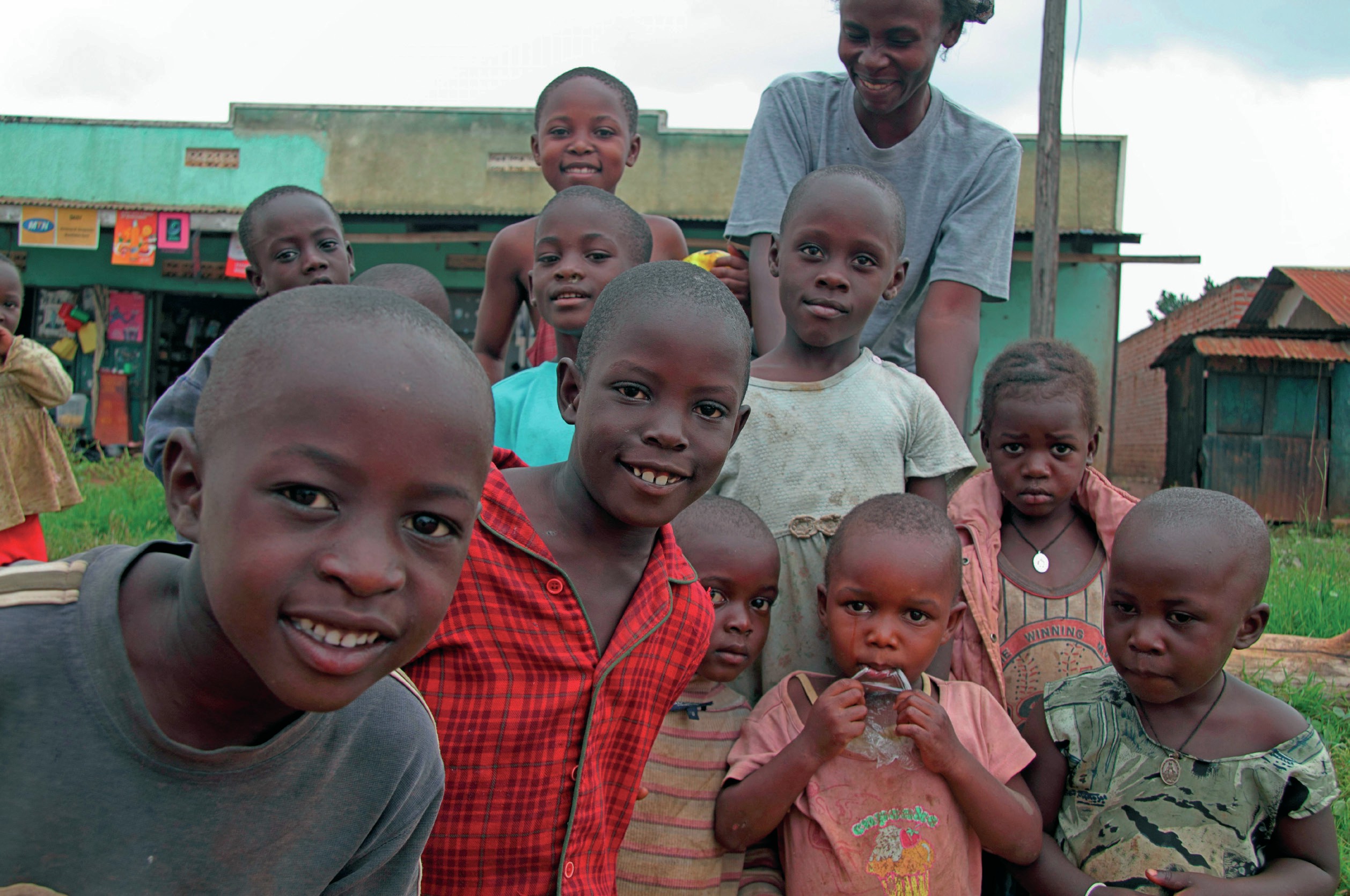
Bwaise is a particularly poor area of Kampala, the capital of Uganda (Figure 1 and Figure 2) and one which contrasts with wealthy low-density areas like Kololo, where the residents live in large gated houses with good infrastructure, clean water and sanitation. Bwaise has a population of 90,000, 82% of whom are living on less than $1 per day. All of Bwaise’s residents are poor, but the area also attracts drug traffickers and prostitutes, many of whom live with HIV.
The term ‘international aid’ is used to describe help given by one country, person or charity to another country. There are different ways of categorising aid, one of which is whether the aid is used for top-down or bottom-up strategies. Bottom-up projects are usually small-scale, local, and aim to work closely with the recipient communities, ensuring projects are sustainable in the long term. These projects target people in great need of aid, helping them directly without government interference. One such project is AFFCAD UK. This is a new ‘grassroots’ charity that works with small groups of particularly vulnerable young people in Bwaise.
Your organisation does not have access to this article.
Sign up today to give your students the edge they need to achieve their best grades with subject expertise
Subscribe




